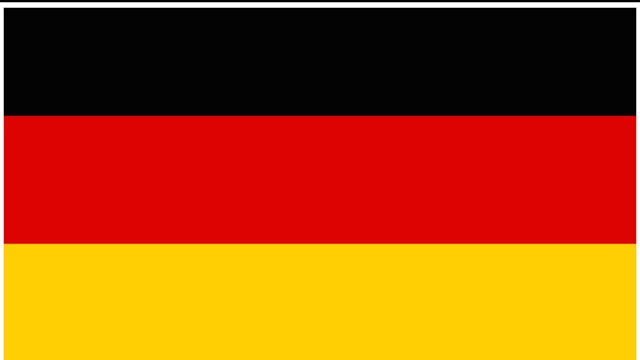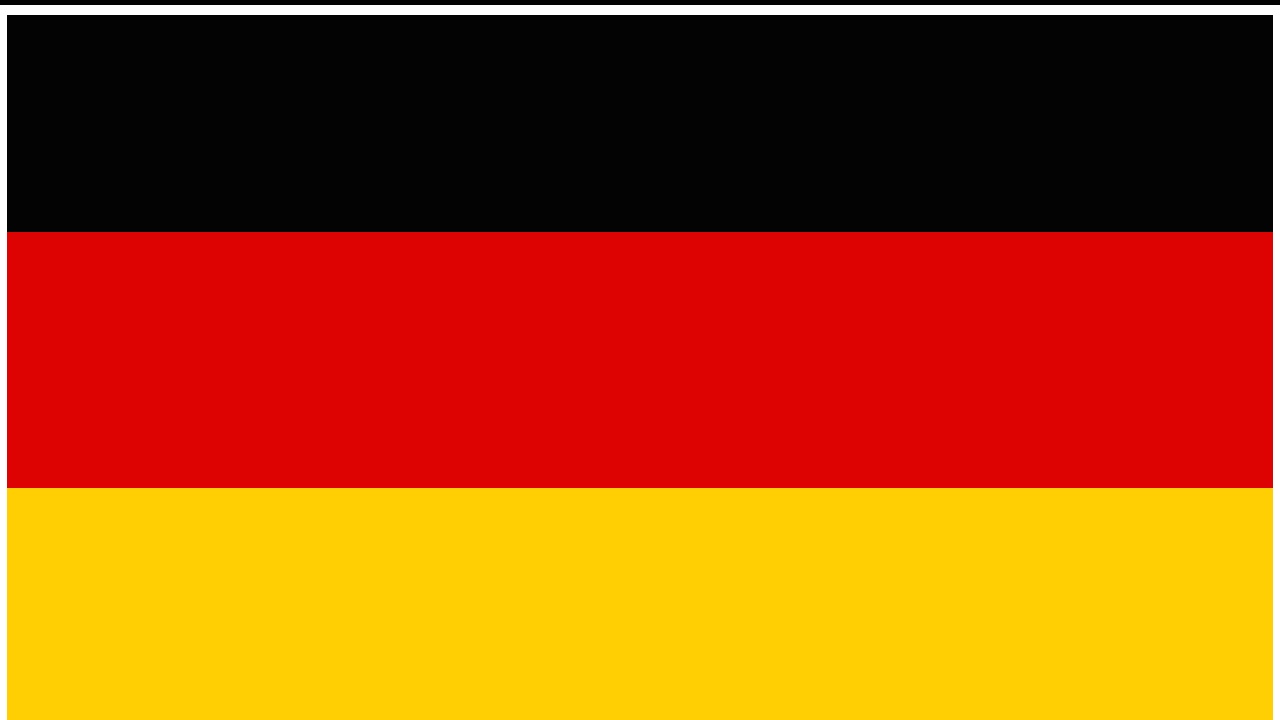-
The WW2 Double-Magazine MP40/I
The MP40/I was an experimental modification of the MP-40 submachine gun developed by the Erma company (we think) in late 1942. It was presumably developed in response to complaints of Soviet fire superiority with SMGs because of their large drum magazines (and also the larger number of SMGs used ...
-
At the Range with the Iconic MP5A3
The MP5 is widely considered the best submachine gun ever made, for its reliability, its handling, and it's closed-bolt delayed-blowback action. It is so widely praised, in fact, that H&K's efforts to replace it with less expensive polymer submachine guns have largely failed, as their customer si...
-
P7A13: H&K's Entry into the US XM9 Pistol Trials
The US held three series of pistol trials beginning in the late 1970s to find a replacement for the venerable M1911 handgun. H&K was a participant in all three - in the first the entered a P9 and a VP-70, both of which were rejected. In the second series, they entered the P7A10 - a single-stack P...
-
P7M7: The Mythical Lost .45 ACP H&K
The P7 was one of the most interesting and original handgun designs of the last few decades. Originally created for West German police trials, it was chambered in 9x19mm. As it became popular beyond Germany, the question arose of it being offered in additional calibers. The P7M10 was released in ...
-
Three Variations of Party Leader PPK Pistols
Note: I goofed on a detail here; "DRGM" is a trademark designation, not something related to the party. Sorry!
Today, courtesy of Tom from Legacy Collectibles, we are taking a look at "party leader" PPK pistols. There are three different versions of these, and we will look at all of them in se...
-
Erma/Glaser Luger .22 Rimfire Conversion
In 1927, a Berlin resident named Richard Kulisch patented a .22 rimfire conversion kit for the Luger pistol. Kulisch’s conversion used a magazine and fired semiautomatically, which made it a much more practical conversion for military and police training than the 4mm single shot conversions than ...
-
Knoch Needlefire Pistol
This is a handmade, single shot needle fire pistol (zündnadelpistole) made by a German gunsmith named A. Knoch in Munich in 1850. I have been unable to find any documentation about the man, but the gun is an interested example of the needle fire system that existed as one of the intermediate tech...
-
Schlegemilch 1896: Closest Competition to the Mauser 98
Louis Schlegemilch had been one of the contributors to the Gewehr 1888 and when the German military decided to replace it, Schlegemilch was there with a design he hoped would win. His model 1896 rifle was a two lug bolt action design with a number of clever machining details, and a distinctive ma...
-
Walther Model 3: A Tiny Early .32
Walther was founded as a rifle making company in the 1880s, and expanded into the flourishing market for semiautomatic pocket pistols around 1910. The Model 3 was the company’s first .32 ACP caliber pistol, and was a very small gun. With a 6-round capacity it offered one round more than the Piepe...
-
HK4: Heckler & Koch's Multi-Caliber Pocket Pistol
The H&K Model 4 was named for the fact that it was offered in four different calibers - .22LR, .25 ACP, .32 ACP, and .380 ACP. The gun came with a complete set of spare barrels and magazines to allow conversion between all of them, and interesting feature not offered by any other pistols like it ...
-
HK 41: "Paramilitary Rifle" for the Bundeswehr
The HK41 (designation: “paramilitary rifle”, caliber 7.62x51mm) was the first semiautomatic version of the G3 military rifle. It was made for the Bundeswehr reservist market; a rifle that could be privately owned in Germany but which would duplicate the handling of the G3 for reservists to practi...
-
Menz Liliput Pocket Pistols: 4.25mm and 6.35mm
The Liliput was made by the August Menz Company in Germany during the 1920s, in several variations. It was introduced in both 4.25mm and 6.35mm (.25 ACP) and also later offered in 7.65mm (.32ACP). These were typical defensive pistol chambering at the time, although the 6.35mm version was much mor...
-
Scheintod Revolver: A German Tear Gas Pepperbox
First appearing in the decade of so before World War One, the Scheintod guns were designed to fire either flash or irritant cartridges, not lethal projectiles. The word “scheintod”, in fact, translates to something along the lines of “apparent death”, as in something that looks lethal but actuall...
-
SSG-82: The Enigmatic East German Sniper Rifle
When East Germany received the technical data package for the 5.45x39mm cartridge, they began a program to make their own AK-74 model. Alongside, they also wanted a precision rifle using the new cartridge, and that became the SSG (Scharfschützengewehr) 82. It was developed for the internal securi...
-
Walther KKW: Competition Shooting in Nazi Germany
The KKW (“Klein Kaliber Wehrsportgewehr”, or small caliber military sporting rifle) was developed by BDW in 1937 as an amalgamation of various .22 rifle elements form other manufacturers as well as BSW itself. It was intended to fill the role of the German national standard target rifle. When he ...
-
Kommer Models 3 and 4: German Browning Copies
Theodore Emil Kommer was born in 1866, son of a German gunsmith. He took the same profession, and at the age of 23 in 1889 opened his own business making guns. He initially focused on sporting rifles and single-shot pistols, but expanded into semiauto pocket pistols after World War One. His first...
-
Shooting the HK21 Modular Machine Gun
The HK21 is a the belt-fed iteration of the H&K roller-delayed blowback mechanism. H&K built a wide range of firearms around that system, including submachine guns (MP5), rifles (HK33, HK91), precision rifles (PSG-1), and machine guns. Originally they made a version in 5.56mm and one in 7.62mm, b...
-
Shooting the H&K MP7
Thanks to H&K and Trijicon, I have a chance to do some shooting with an MP7A1 PWD today. The MP7 is unusual for a gun of its size and configuration in having a fully locked operating system; essentially a G36 scaled down to 4.6x30mm. This allows the gun to be lighter, as the action is not depende...
-
H&K Prototype Sniper: the SL7 Match
Built in the 1990s, this rifle is part of an experimental series of precision rifles made by H&K. It is marked "SL7 Match", and uses the same action as the standard SL7 sporting rifle (the roller-delay blowback system of the G3). It is set in a competition type stock the an adjustable cheekrest a...
-
H&K's Experimental SMG and SMG II for the US Navy
In the 1980s, the US Navy requested a new submachine gun to replace the MP5 then in use. In particular, the Navy wanted a gun that was optimized for use with a suppressor. H&K built two models of experimental guns in the 1980s to meet this request, creatively named the SMG and SMG II.
Both gun...
-
SS-Contract Walther PP and PPK Pistols
Today, courtesy of Tom from Legacy Collectibles, we are taking a look at Walther PP and PPK pistols made specifically for the SS. These guns comprised several special contracts, distinct from general military and commercial production. They were not the only such special contracts, as such arrang...
-
Toolroom Prototype .32 ACP Walther Olympia
In the late 1930s, Walther experimented with the idea of an Olympia target pistol in .32 ACP. They used the frame from a 1936 pattern standard (.22LR) Olympia with a .32 caliber barrel, increased mass slide, and magazine adapted from a Walther PP. The project never progressed beyond the toolroom ...
-
Walther Experimental Hybrid Olympia/Woodsman
In the early 1930s, Walther began to experiment with changes to its Olympia target pistol in hopes of beating the Colt Woodsman out of its place as the most popular pistol of the type. The most distinctive difference between the Woodsman and the Olympia was in their grip angles; quite straight fo...
-
Adventures in Surplus: A WW1 & Weimar Police Kar98a Carbine
I have been wanting one of these rifles for a long time, and with this example I think I have found a fantastic example. This is a Kar98a carbine made in 1918 and used in World War One, and then refurbished by the Weimar government and used by police forces. It probably remained in police use thr...

























